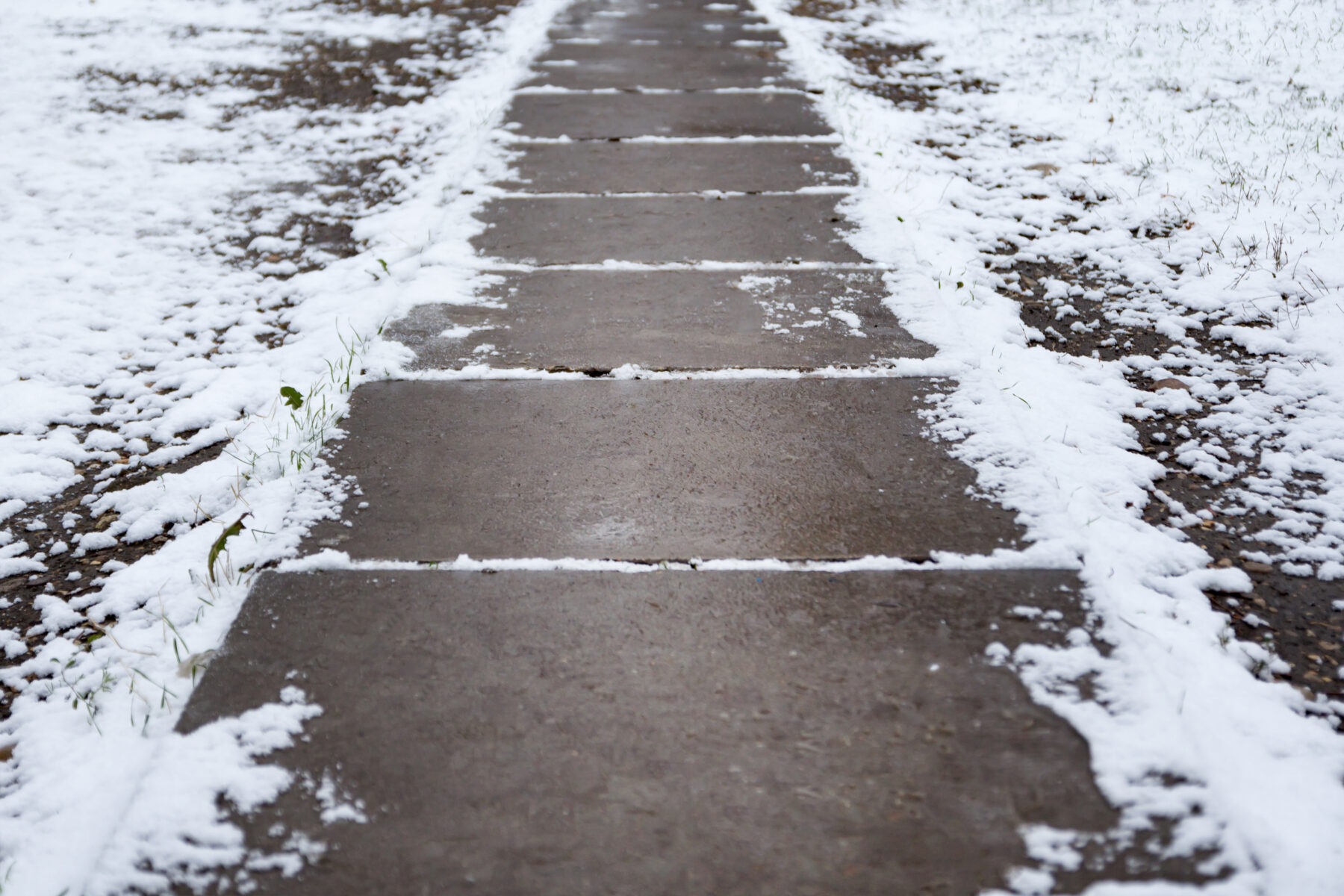Concrete Cold Weather Precautions: Ensuring Success When the Temperature Drops
September 7, 2023

For any construction project, ensuring the best possible results is paramount. One significant challenge that many contractors face is pouring concrete in cold weather. With the temperature dropping, concrete can face several complications. But don’t let the cold intimidate you. By taking the right precautions, HK Contractors believe that you can lay concrete successfully, even in less than ideal temperatures. Let’s explore some critical concrete cold weather precautions to help you achieve the best results.
Understanding the Risks
First, let’s understand the potential risks. When the temperature drops, concrete can suffer from reduced strength, freeze before setting, or face surface issues like scaling. These complications can compromise the integrity of the concrete, leading to long-term issues and potential project setbacks.
Start with the Right Mix
Starting with the right concrete mix is your first defense against cold weather issues. Opt for a mix specifically designed for cold weather. This mix generally contains accelerating admixtures, which speed up the setting time and reduce the risk of freezing.
Monitor the Temperature
In cooler seasons, keeping an eye on the temperature is especially important. When considering outside temperatures, it’s common to think that the air temperature is the only thing that matters. It’s certainly important, but it’s just one aspect. A better approach would be to make note of the temperature of the ground, the concrete, and the surrounding conditions. That means checking the forecast and if the average daily temperature during your pour is suspected to drop below 40°F (5°C) for more than three consecutive days. If it is, then you’re entering the risky zone. Invest in good quality thermometers or temperature monitors to keep things in check.
Insulate the Ground
Cold ground can be a significant issue, as it can suck out the heat from the concrete, making it difficult for it to set correctly. You can combat this by laying down insulating blankets or heated enclosures a day before pouring. This preheating method will ensure the ground stays warm and receptive to the concrete mix.
Maintain the Correct Temperature
Once poured, concrete needs to be maintained at the right temperature to ensure it cures properly. Again, insulating blankets come to the rescue here. These blankets not only prevent the concrete from freezing but also help retain the heat generated during the hydration process. By doing this, you’re ensuring the strength and durability of your concrete.
Avoid Rapid Temperature Changes
Even if you’ve managed to keep your concrete warm, sudden drops or spikes in temperature can be detrimental. Rapid cooling can lead to thermal cracking, so it’s essential to keep the curing process as gradual and steady as possible.
Elect for Shorter Workdays
With daylight being limited and temperatures being most favorable during the middle of the day, consider shorter workdays. By working during the warmest parts of the day, you’ll get the best conditions for your concrete pour.
Post-pour Care
Finally, after taking all these concrete cold weather precautions, your job isn’t done. Post-pour care is just as essential. Monitor the strength of the concrete, protect it from the elements, and ensure it remains at the recommended temperature for at least seven days.
Concrete work in cold weather is undoubtedly challenging, but with the right precautions, success is well within reach. At HK Contractors, we believe that understanding, preparation, and vigilance are your best allies against the cold. By taking these steps and ensuring that every detail is attended to, you can ensure the longevity and quality of your construction project, no matter how low the temperature drops.

